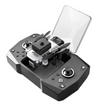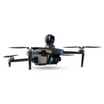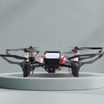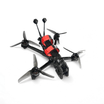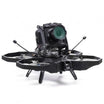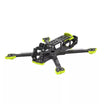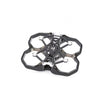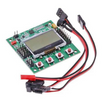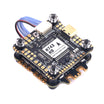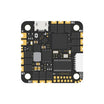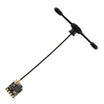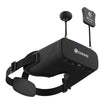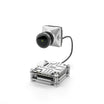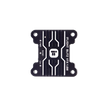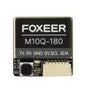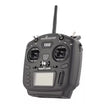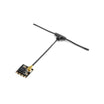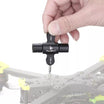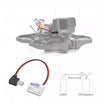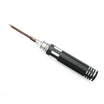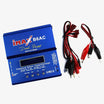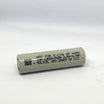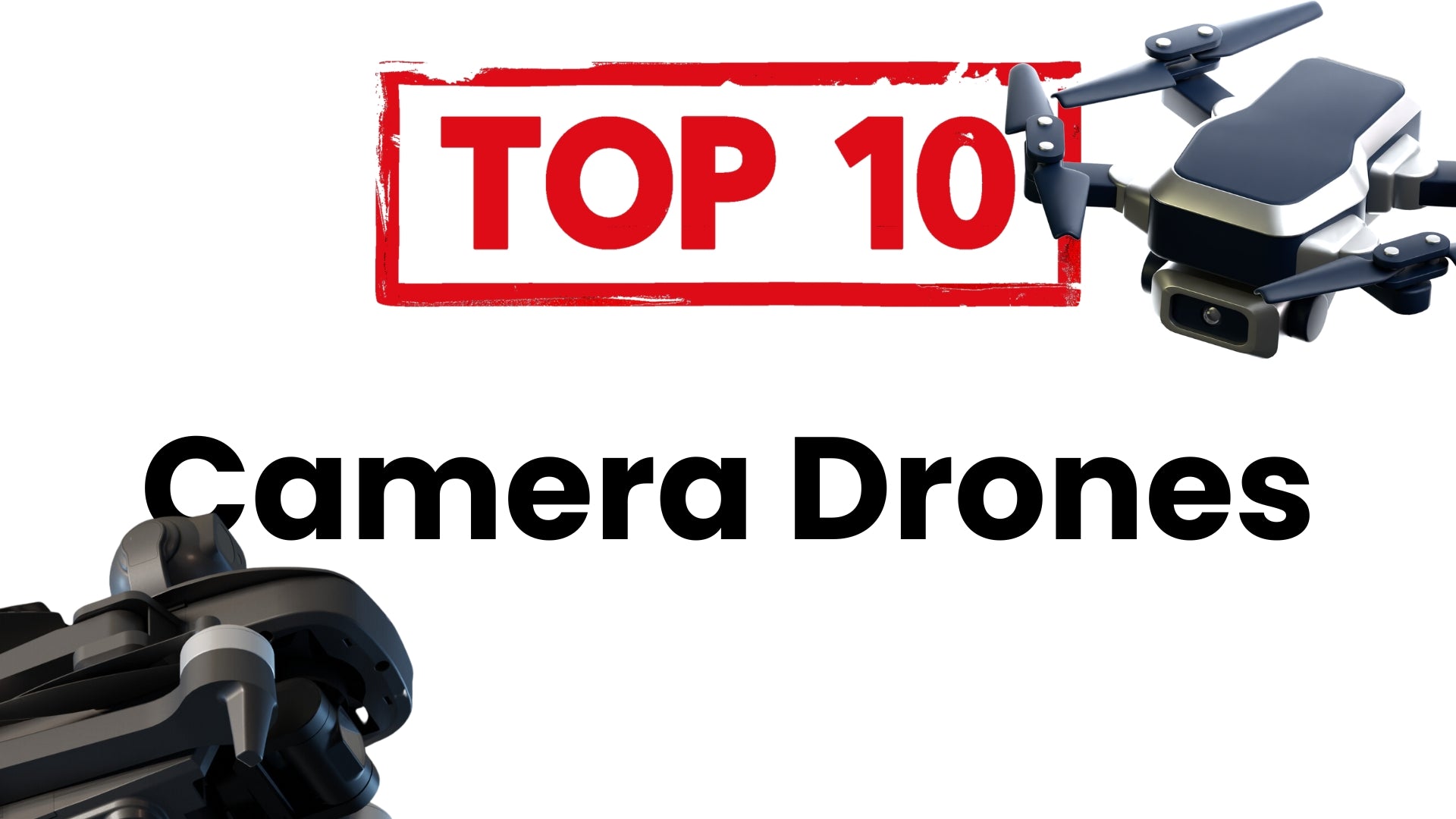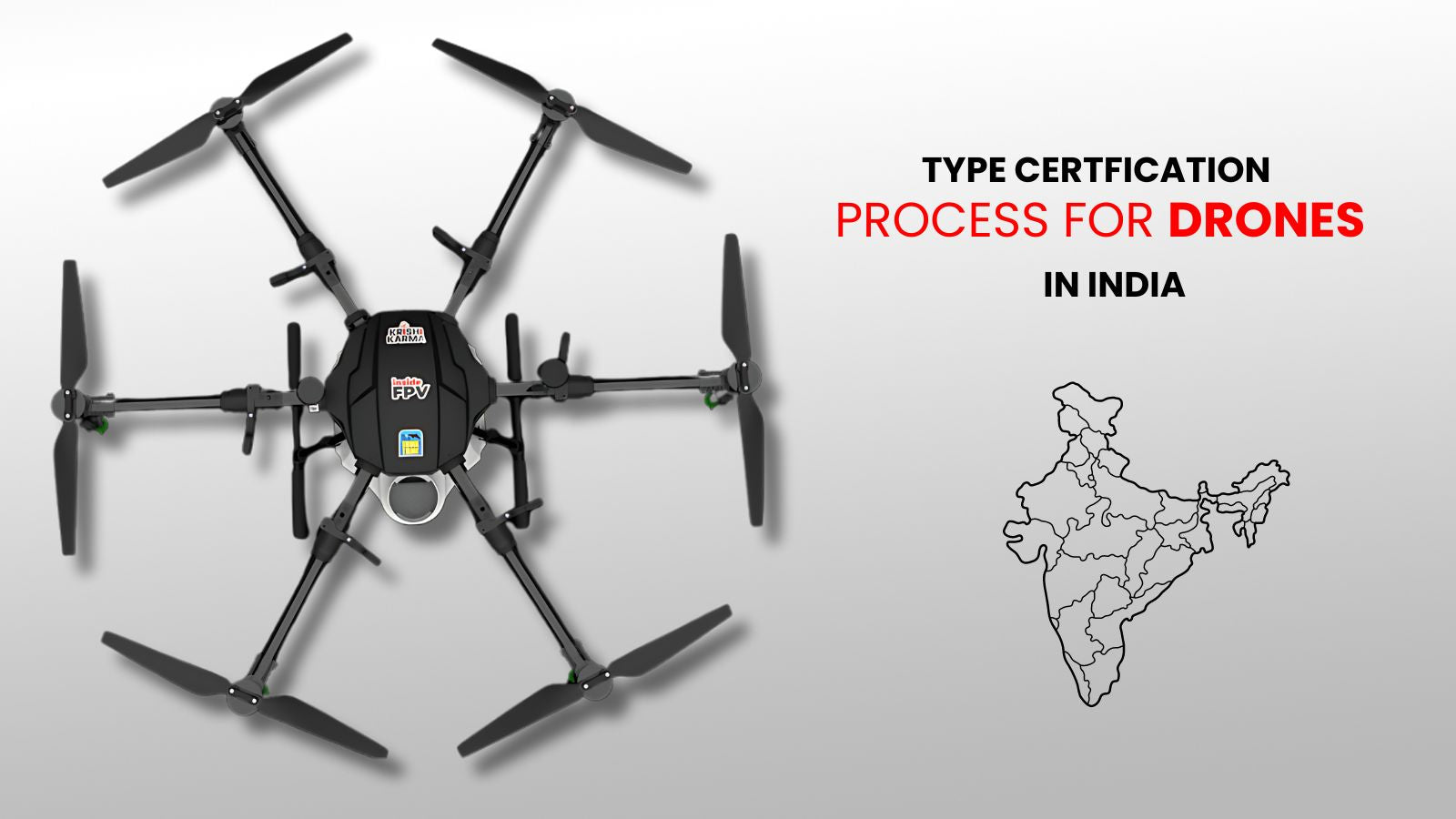Today's environmental problems, such as deforestation and climate change, call for creative solutions to handle their increasing complexity. Unmanned aerial vehicles, or drones, are one of these developments that have become a game-changing tool for sustainability. By offering a bird's-eye view and advanced data collection capabilities, drones have transformed how we study, monitor, and protect the environment.
Key Benefits:
- Equipped with high-resolution cameras, drones capture detailed imagery, allowing researchers to map habitats accurately.
- They allow real-time tracking of animal movements, offering insights into migration patterns and behavior.
- Long-term monitoring helps detect environmental changes and potential threats to ecosystems.
For instance, drones have been used to monitor endangered species such as orangutans in dense forests, where traditional survey methods are challenging.
Advanced Capabilities:
- Multispectral and hyperspectral cameras on these tools analyze tree health, identifying diseases or pest infestations early.
- Drones monitor the effects of deforestation, logging, and natural disasters, providing actionable data for restoration.
These tools also measure carbon sequestration, a critical factor in climate change mitigation.
For example, during reforestation projects, UAV drones help assess seedling growth and overall vegetation recovery.
How It Works:
- Drones collect data on soil health, crop conditions, and irrigation needs.
Farmers can make informed decisions to optimize fertilizer and pesticide use, reducing waste and environmental harm.
- UAV Drone technology enables targeted spraying, ensuring minimal impact on surrounding ecosystems.
A practical example is using drone aircraft in vineyards to monitor grape health, resulting in better yields with reduced resource consumption.
Applications:
- Monitor marine life, track pollution levels, and study oil spill impacts.
- Capture data on coastal erosion and sea-level rise, aiding in climate adaptation strategies.
- Observe illegal fishing activities to enforce regulations.
Key Contributions:
- Rapid Deployment: Drones can quickly assess impacted areas to identify crucial zones and prioritize response measures during natural catastrophes like floods, earthquakes, or oil spills.
- Comprehensive Environmental Analysis: Drones can monitor water quality, identify the spread of pollutants, and evaluate habitat destruction by taking high-resolution photos.
For example, during oil spills, drones can track the movement of oil slicks in real-time, enabling quicker containment and cleanup.
Applications in Renewable Energy:
- Inspection of Solar Farms: Drones equipped with thermal cameras can quickly identify defective solar panels, reducing downtime and improving efficiency.
- Wind Turbine Monitoring: Drones eliminate the need for manual inspections by reaching difficult-to-reach turbine blades, improving both safety and economy.
- Infrastructure Health Monitoring: By identifying wear and tear early, routine drone inspections increase the lifespan of renewable energy infrastructure.
This capacity lowers the environmental impact of maintenance activities while still guaranteeing optimal energy generation.
Features of the Elevate V1:
- 4K Video Output: Provides crystal-clear footage for detailed environmental studies.
- Extended Flight Time: With a battery life of up to 105 minutes, it’s ideal for long-duration monitoring tasks.
- Advanced AI Tracking: Ensures efficient wildlife tracking and habitat surveys.
Obstacle Avoidance Technology: Enhances safety in challenging terrains, such as forests or mountainous regions.
With innovators like insideFPV driving advancements in drone technology, the possibilities for environmental applications continue to expand. By leveraging these powerful tools, we can foster a deeper understanding of our ecosystems and work toward preserving the planet’s natural resources for future generations.
What Are The Key Applications of Drones In Environmental Conservation?
Let us understand their importance and their impact on preserving ecosystems and promoting sustainability.1. Revolutionizing Habitat Monitoring and Wildlife Surveys
Understanding wildlife and their habitats is vital for conservation, and drones provide an efficient, non-invasive solution.Key Benefits:
- Equipped with high-resolution cameras, drones capture detailed imagery, allowing researchers to map habitats accurately.
- They allow real-time tracking of animal movements, offering insights into migration patterns and behavior.
- Long-term monitoring helps detect environmental changes and potential threats to ecosystems.
For instance, drones have been used to monitor endangered species such as orangutans in dense forests, where traditional survey methods are challenging.
2. Forestry and Vegetation Health Monitoring
Forests are the lungs of our planet, and drones offer innovative ways to ensure their well-being.Advanced Capabilities:
- Multispectral and hyperspectral cameras on these tools analyze tree health, identifying diseases or pest infestations early.
- Drones monitor the effects of deforestation, logging, and natural disasters, providing actionable data for restoration.
These tools also measure carbon sequestration, a critical factor in climate change mitigation.
For example, during reforestation projects, UAV drones help assess seedling growth and overall vegetation recovery.
3. Precision Agriculture for Sustainable Farming
Agriculture is another area where drones are making waves, promoting resource efficiency and sustainability.How It Works:
- Drones collect data on soil health, crop conditions, and irrigation needs.
Farmers can make informed decisions to optimize fertilizer and pesticide use, reducing waste and environmental harm.
- UAV Drone technology enables targeted spraying, ensuring minimal impact on surrounding ecosystems.
A practical example is using drone aircraft in vineyards to monitor grape health, resulting in better yields with reduced resource consumption.
4. Marine and Coastal Ecosystem Protection
Our oceans and coastlines, crucial for biodiversity, are often inaccessible for traditional monitoring. Drones step in to fill this gap.Applications:
- Monitor marine life, track pollution levels, and study oil spill impacts.
- Capture data on coastal erosion and sea-level rise, aiding in climate adaptation strategies.
- Observe illegal fishing activities to enforce regulations.
5. Disaster Response and Environmental Impact Assessment
Drones are becoming essential for responding to industrial accidents and natural calamities. Their capacity to deliver fast, comprehensive information helps to minimise environmental harm and organise successful recovery operations.Key Contributions:
- Rapid Deployment: Drones can quickly assess impacted areas to identify crucial zones and prioritize response measures during natural catastrophes like floods, earthquakes, or oil spills.
- Comprehensive Environmental Analysis: Drones can monitor water quality, identify the spread of pollutants, and evaluate habitat destruction by taking high-resolution photos.
For example, during oil spills, drones can track the movement of oil slicks in real-time, enabling quicker containment and cleanup.
6. Facilitating Renewable Energy and Infrastructure Maintenance
Drones are essential to effectively maintaining renewable energy infrastructure, and the shift to renewable energy is essential to halting climate change.Applications in Renewable Energy:
- Inspection of Solar Farms: Drones equipped with thermal cameras can quickly identify defective solar panels, reducing downtime and improving efficiency.
- Wind Turbine Monitoring: Drones eliminate the need for manual inspections by reaching difficult-to-reach turbine blades, improving both safety and economy.
- Infrastructure Health Monitoring: By identifying wear and tear early, routine drone inspections increase the lifespan of renewable energy infrastructure.
This capacity lowers the environmental impact of maintenance activities while still guaranteeing optimal energy generation.
Innovative Solutions by insideFPV: Revolutionizing Conservation Efforts
A pioneer in drone technology, insideFPV has been at the forefront of developing cutting-edge drones tailored for environmental conservation. Their flagship product, the Elevate V1, exemplifies their commitment to sustainability and technological innovation.Features of the Elevate V1:
- 4K Video Output: Provides crystal-clear footage for detailed environmental studies.
- Extended Flight Time: With a battery life of up to 105 minutes, it’s ideal for long-duration monitoring tasks.
- Advanced AI Tracking: Ensures efficient wildlife tracking and habitat surveys.
Obstacle Avoidance Technology: Enhances safety in challenging terrains, such as forests or mountainous regions.
Conclusion
Drones have demonstrated their usefulness and adaptability in solving environmental problems. These technologies are transforming conservation efforts worldwide, whether they are used for wildlife monitoring, sustainable farming promotion, or disaster relief.With innovators like insideFPV driving advancements in drone technology, the possibilities for environmental applications continue to expand. By leveraging these powerful tools, we can foster a deeper understanding of our ecosystems and work toward preserving the planet’s natural resources for future generations.

